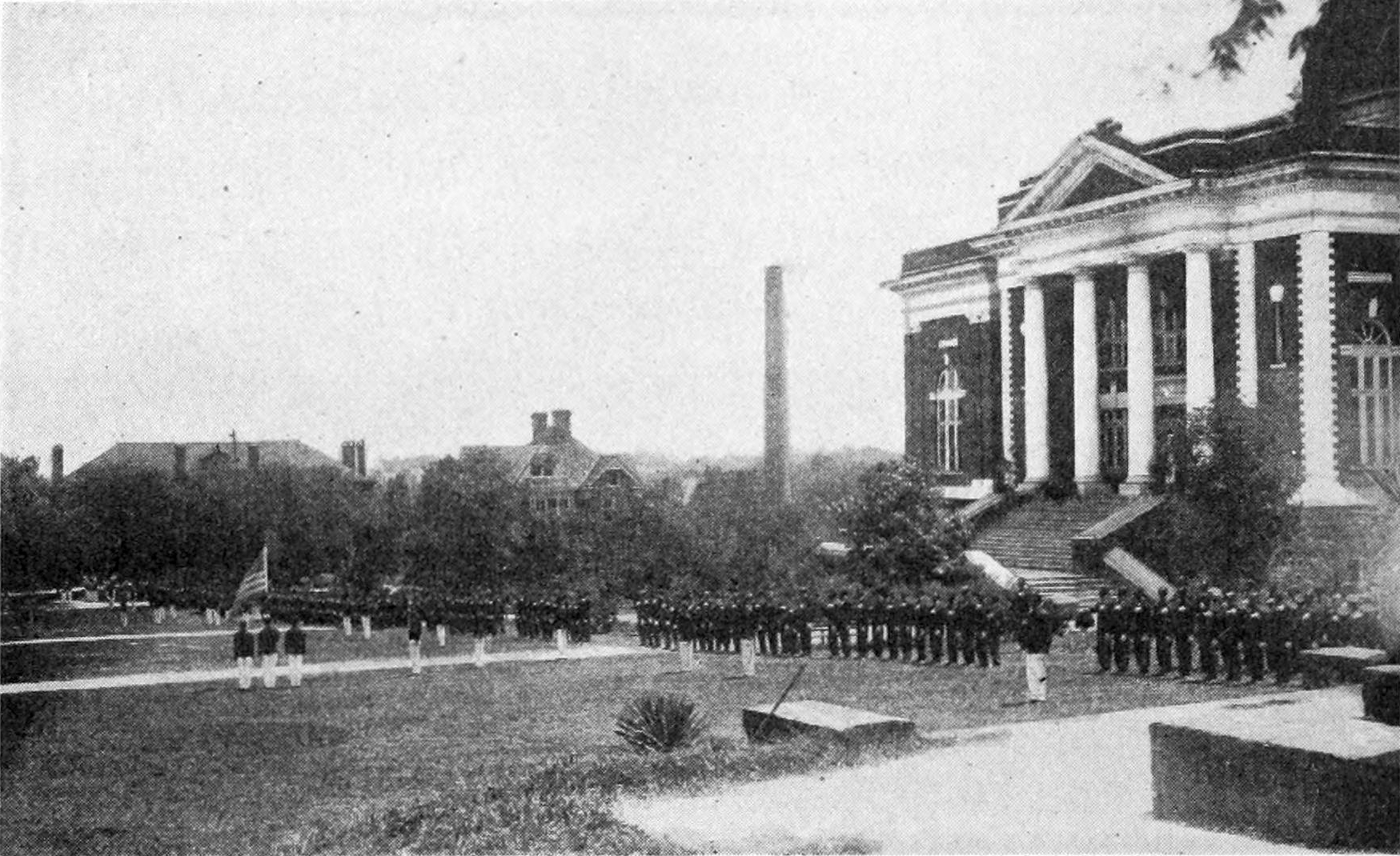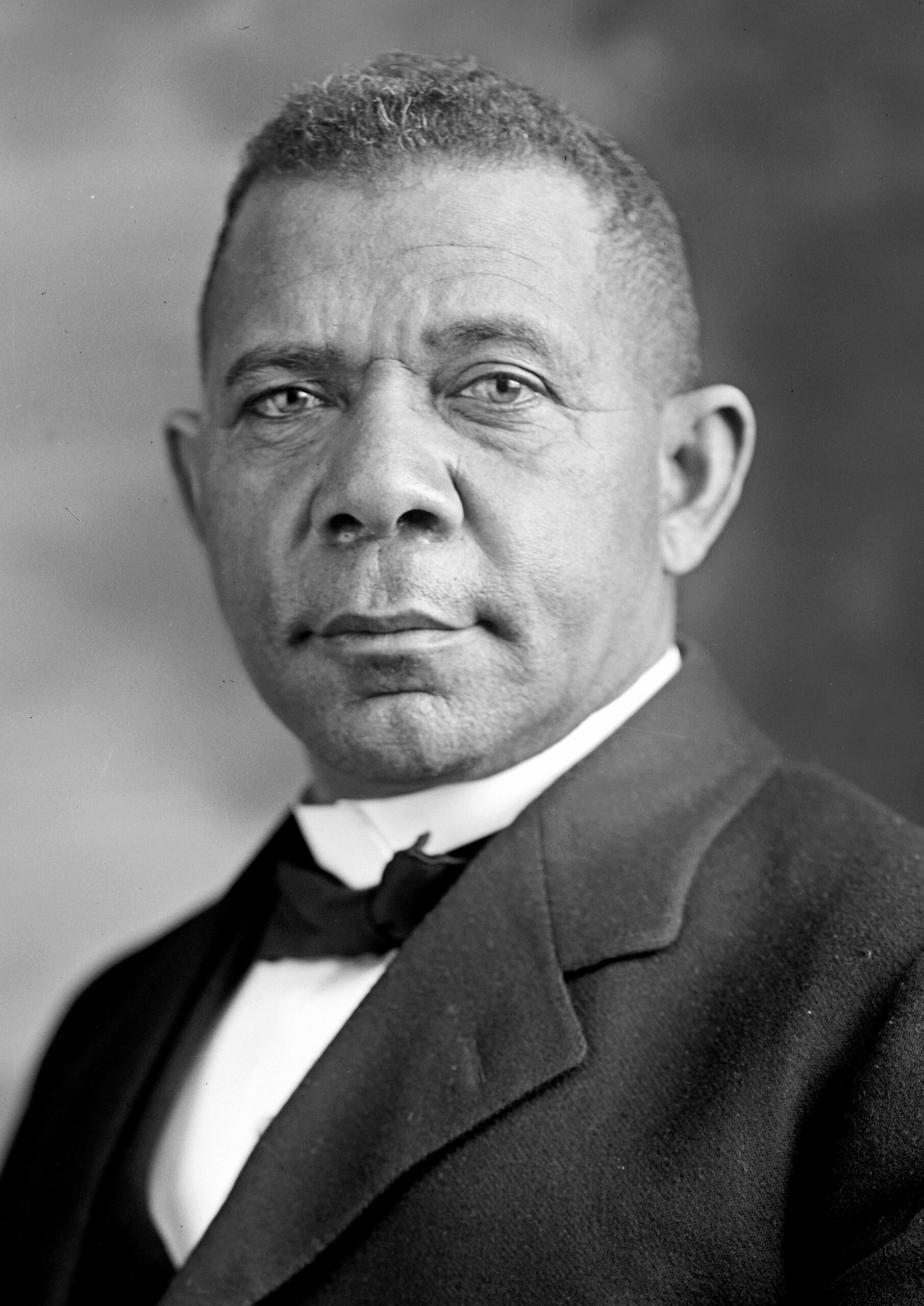TUSKEGEE UNIVERSITY

(PHOTO SOURCE: FROM PAGE 337 OF “THE STORY OF AGRICULTURE IN THE UNITED STATES” (1916))
Tuskegee – The Model for Architectural Education
Tuskegee University is widely known for many notable accomplishments including as one of the most successful Historically Black Colleges. Perhaps you have heard of Tuskegee’s famous scientist and inventor George Washington Carver, whose agricultural innovations are foundational to today’s regenerative farming movement. Or maybe you know of the Tuskegee Airmen, the first Black aviation unit in the American armed services who overcame incredible odds in the theater of discriminatory laws at home and war abroad to help preserve freedom for the world.
Despite these incredible accomplishments, Tuskegee’s most significant contribution — an innovative DesignBuild architecture training curriculum — came before them. This trade-based approach balancing theoretical design and practical training on how to build preceded master builders decades later, including Walter Gropius at the Bauhaus and Frank Lloyd Wright at Taliesin. The Tuskegee approach will forever be intertwined with the history, evolution and I pray the future of those that create the built environment, for it will always be the first institution in the USA to establish a model educational system for us to follow.
First you must know the story.
Booker T. Washington, Robert R. Taylor, and the Formation of the Tuskegee Architecture Program
It begins with the Tuskegee Institute (now the Tuskegee University) founding on July 4, 1881 as the Tuskegee Normal and Industrial Institute (“Normal” in the historical context of the times meant it trained teachers) by Booker T. Washington and Lewis Adams. Both men were born into slavery and sought to change the systematic negation of education for people of color. A decade and a half removed from the formal abolition of slavery, the segregated South was still wrought with racism across numerous cultural strata.

BOOKER T. WASHINGTON
(PHOTO SOURCE: LIBRARY OF CONGRESS PRINTS AND PHOTOGRAPHS DIVISION WASHINGTON, D.C. USA)
Tuskegee’s first and only teacher at the time was 25-year-old Booker T. Washington, who had recently graduated from Wayland Seminary (now Virginia Union University) and began teaching in a one room structure, donated from the Butler Chapel AME Zion Church.

“THE CABIN IN WHICH BOOKER WASHINGTON STARTED HIS SCHOOL.” (PHOTO CREDIT: JOHNSON, CLIFTON, 1865-1940. WWW.DIGITALCOMMONWEALTH.ORG)
Washington aspired for Black men and women to gain equal footing in all walks of life with education as his instrument. He focused on providing a well-rounded curriculum for his students that allowed them to specialize in practical skills which would enable economic self-reliance and leadership roles in society. He said, “The world cares little about what a man knows; it cares more about what man is able to do.”
He produced students who could apply what they learned in the real world—not simply pass an examination. His mantra was “learning to do by doing” and he created on-campus facilities for students to do just this, with a farm to raise their own food and a kiln to make bricks.
Washington also recognized architecture’s power to uplift and inspire, and so from the outset sought to have buildings on campus that did exactly that. Washington integrated drafting and scaled models as essential elements of the curriculum in carpentry, brick masonry, sawmilling, blacksmithing, and carriage construction. At the same time, he used the design and construction of campus facilities as a practical platform for student learning. From humble beginnings, the buildings they created would be visible representations of their ascension up.
Decades later, Walter Gropius at the Bauhaus and then Frank Lloyd Wright at Taliesin would follow in Washington’s footsteps by having their students construct buildings for their campuses as part of their training. Wright even founded his school with the very similar philosophy of “learn by doing”. By combining design theory in the classroom and practical building application outside of it, Washington was inadvertently establishing the first DesignBuild program in America and the ideal model for architecture education.
This blog post is the first in a series on recognizing Tuskegee for the incredible example they set for the ideal education for those that create the built environment. In future weekly posts, I will share more details about how the program progressed despite the odds. I’m devoted to making this truth known.
David Muniz Supple
(Part 1 of 4)
Comments are closed here.